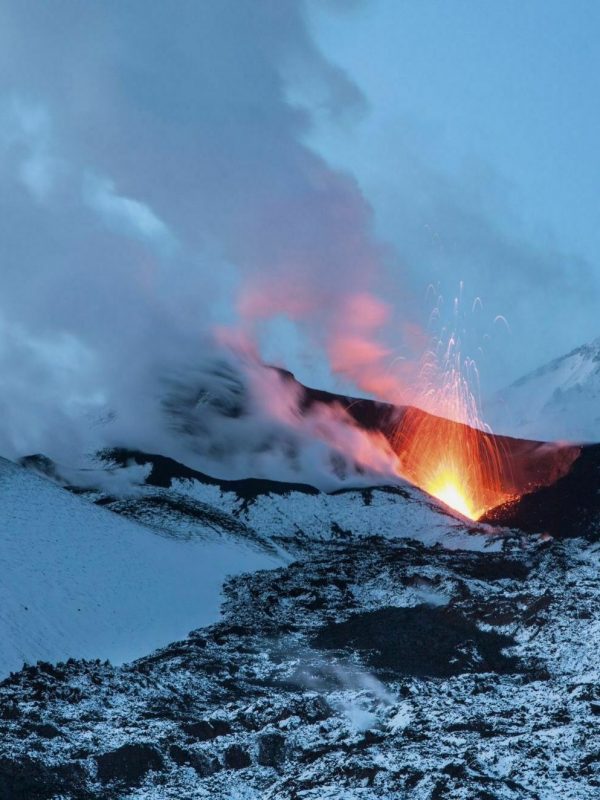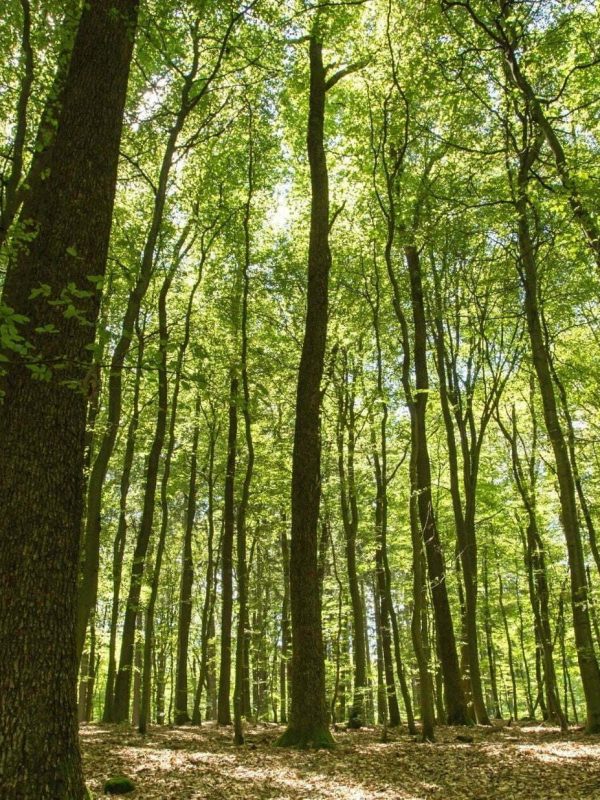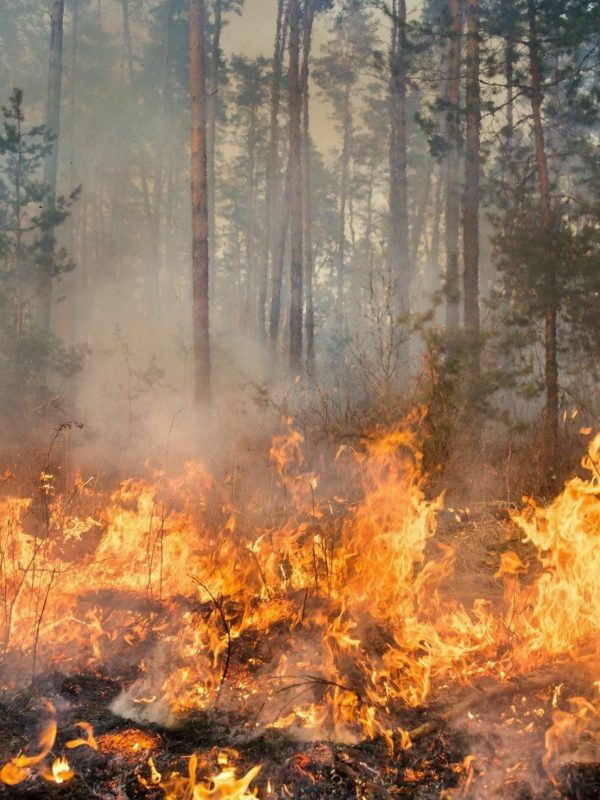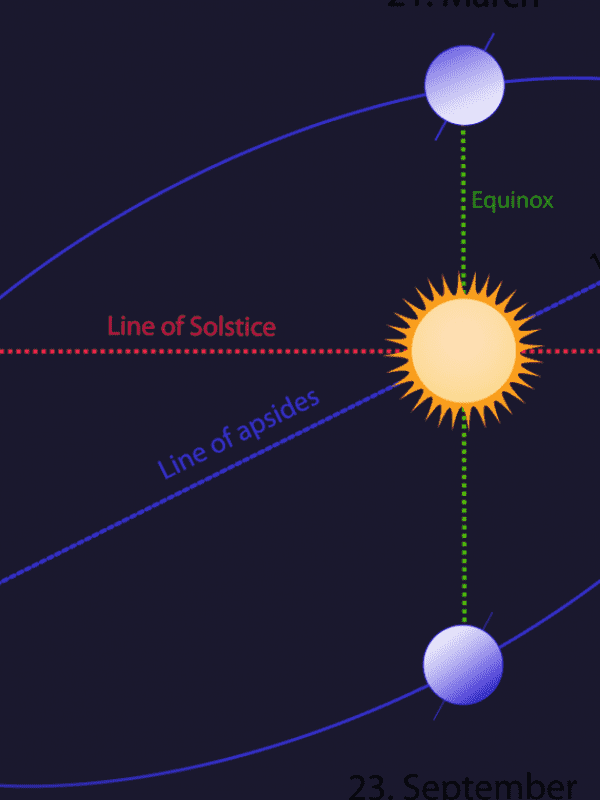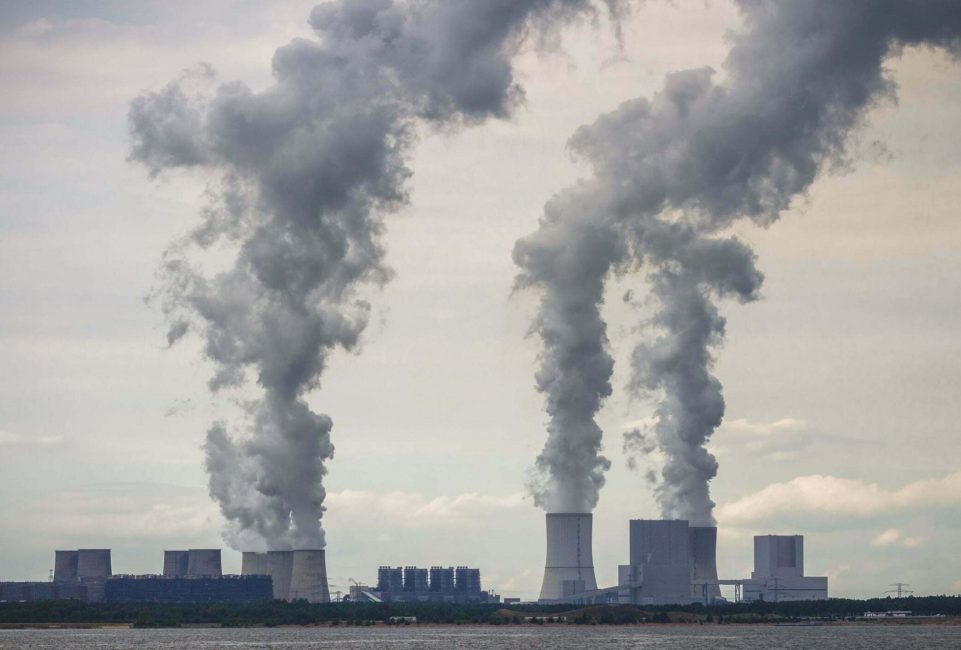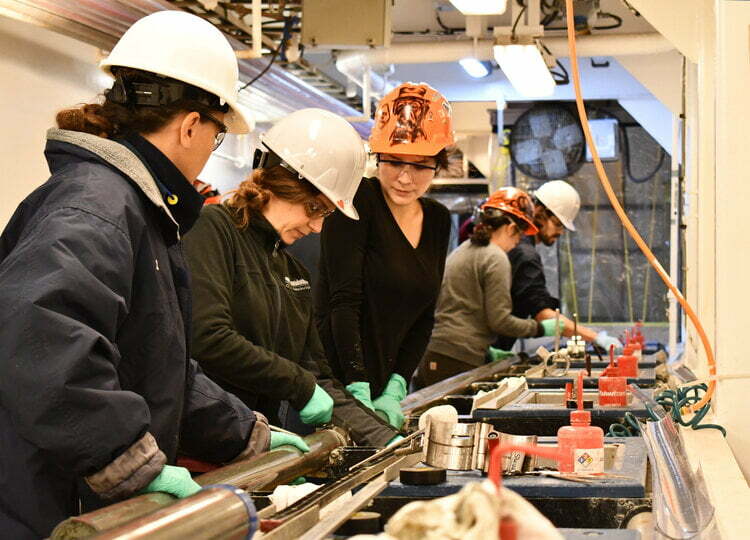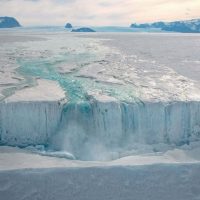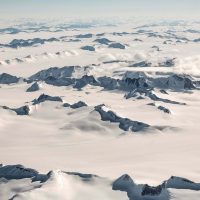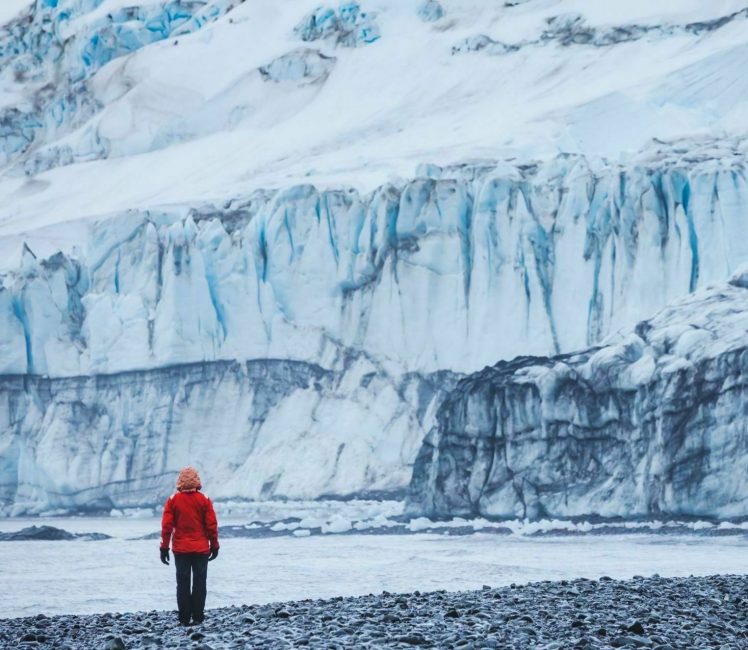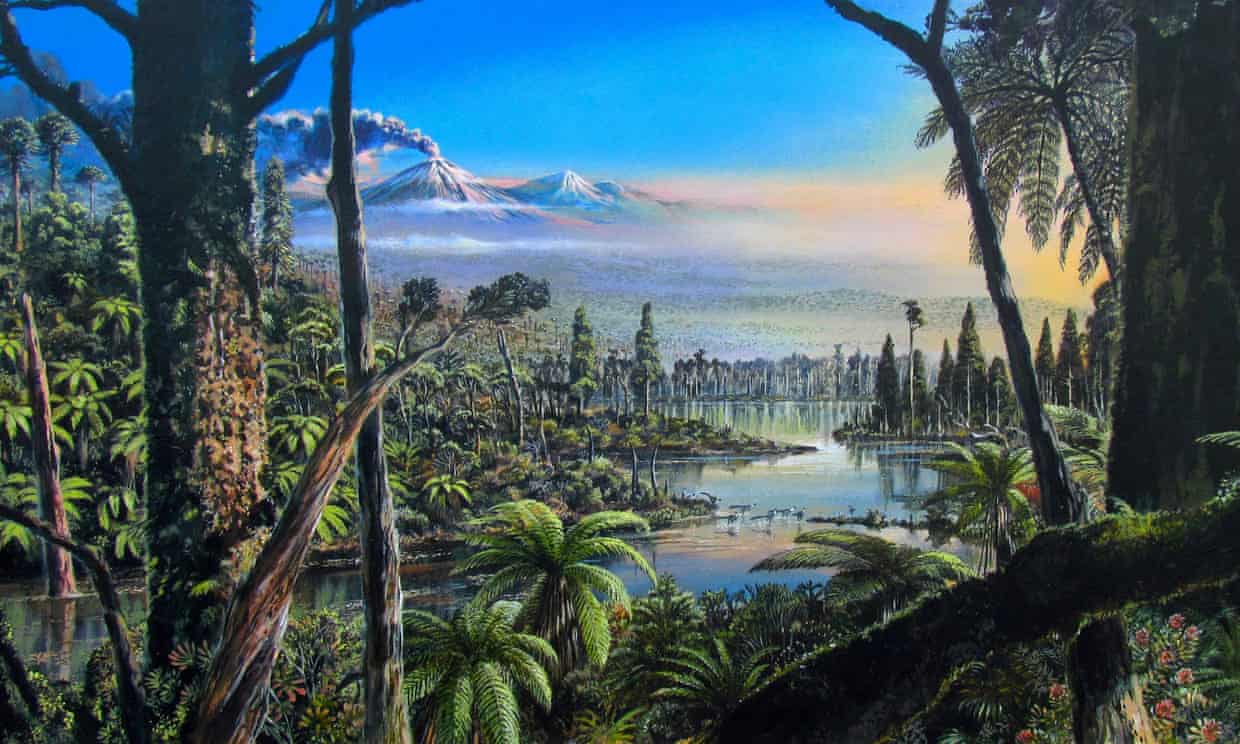
A HISTORY OF CHANGE
Antarctic climate through time
Antarctica is no stranger to a changing climate. In fact, 90 million years ago there was no ice in the polar regions at all. Sea levels were hundreds of feet higher than today, and Antarctica was covered in swampy rainforest where tree ferns and conifers flourished and dinosaurs roamed.
Image credit: James McKay/ Alfred Wegener Institute; Creative Commons license CC-BY 4.0
EXPLAINER
What has caused the climate to change in the past?
There are many naturally occurring cycles and phenomena that cause the climate to change over time.
EXPLAINER
How are the current changes in our climate different?
While the Earth’s climate has fluctuated in the past, the changes in our climate today are different in several ways.
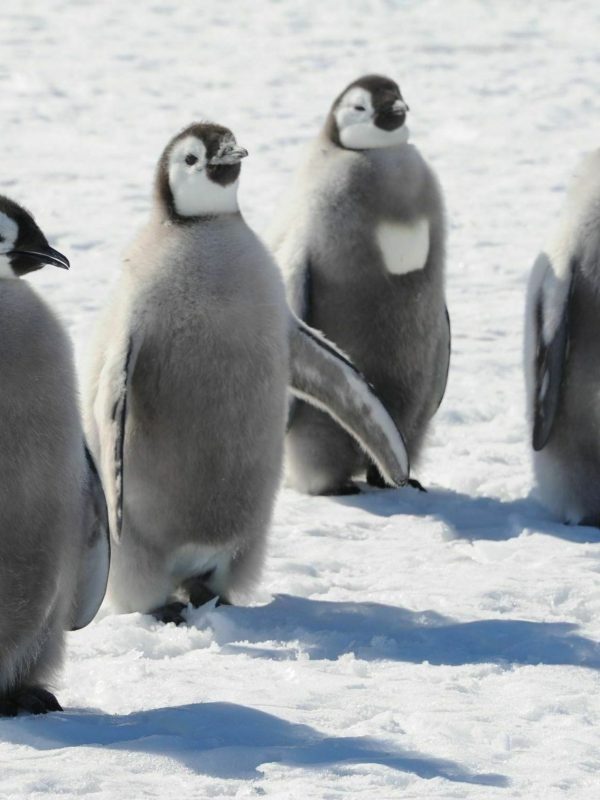
Happening quickly
While the planet has heated up and cooled down in the past, the process usually takes many hundreds or thousands of years.
Read more

Happening quickly
While the planet has heated up and cooled down in the past, the process usually takes many hundreds or thousands of years. This gives plants and animals time to adapt. Right now, the earth is heating more quickly than it has in many thousands of years, making it difficult for humans and other life on earth to adjust.

Caused by human activity
Natural cycles, which have guided past changes in the climate, suggest our climate should be cooling, but instead it is heating up.
Read more

Caused by human activity
Natural cycles, which have guided past changes in the climate, suggest our climate should be cooling, but instead it is heating up. The Intergovernmental Panel on Climate Change states that the “human influence on the climate system is clear, and recent anthropogenic emissions of greenhouse gasses are the highest in history.”
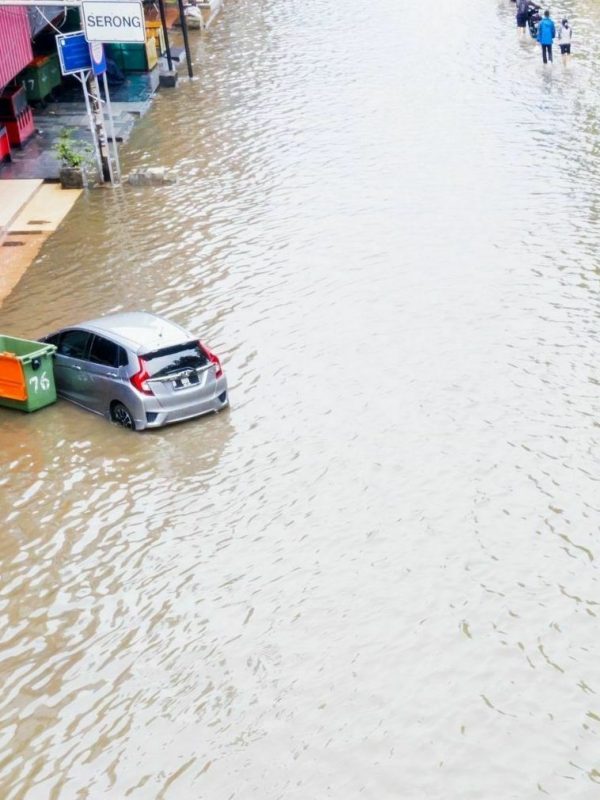
Impacting human lives
Our civilization has matured and thrived through a period of remarkable climatic stability.
Read more

Impacting human lives
Our civilization has matured and thrived through a period of remarkable climatic stability. Predictable seasonal cycles within a very narrow temperature range have made it easy to grow food, establish comfortable settlements and prosper. Climate change is pushing us out of this range, and it is already affecting human health, agriculture, and infrastructure.
In the remote Pacific nation of Kiribati, rising sea levels have flooded farmland and destroyed entire crops. Infrastructure damage due to extreme weather events, made more severe and frequent due to climate change, has cost economies billions of dollars. And between 2010 and 2018, the number of heat-related deaths increased by over 50 percent.

Muir Glacier, Alaska. Photographed by William Osgood in 1941 (left) and Bruce Molnia in 2004 (right).
Images courtesy of NSIDC Glacier Photograph Collection.
How do we know humans are causing the climate crisis?
how the climate works
When we burn fossil fuels such as coal, oil and gas we release carbon dioxide, which acts like a greenhouse around the planet, trapping warm air and heating it up. Scientists first recognized this in the late 1800s.
By the 20th century this effect was well underway, and in 1988 a NASA scientist named James Hansen testified before the U.S Congress, saying that the climate was warming because of greenhouse gasses released by human activity. That same year, the World Meteorological Organization (WMO) and the United Nations Environment Program (UNEP) established the Intergovernmental Panel on Climate Change (IPCC), bringing together experts from around the world to better understand the climate, and how and why it was changing.
Understanding the climate
how the climate works
Over the past three decades, our understanding of the climate has grown significantly. Thanks to new technologies such as satellites, ground-penetrating radar and the analysis of polar ice cores, researchers have been able piece together the climate of the past, and see how it has changed through time. They are also able to gather important data on the climate today, which helps them predict how it may change in the future.
KEEP LEARNING
Related reading
Scientific consultation: Nicholas Golledge, Professor of Glaciology at Victoria University of Wellington.
Climate Crisis in Antarctica
FEATURED LEARNING
Now that you’ve learned a little about how the climate works, read on to learn more about extraordinary Antarctica.
 ASOC
ASOC

